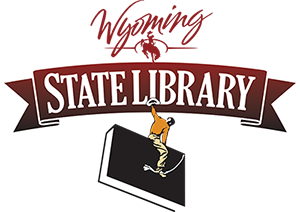 Reposted from Library Research Service
Reposted from Library Research Service
Every day we assess the world around us. We ask ourselves whether that decision we made was a good idea, what makes that person trustworthy, why we should or should not change something. We form a question in our head, collect data, analyze the information, and come to a conclusion. In short, we are all experienced evaluators!
However, that doesn’t mean setting up an outcome-based evaluation is a cake walk. It’s important to apply structure to the subconscious process occurring in our head. So where should you start? At the end. That might sound counterintuitive, but the first step in an outcome-based evaluation is figuring out how you define success for your program or service—what do you hope to achieve?
Think of a program or service you want to evaluate. It could be something already being offered in your library, or something new. What do you want your users to know/do/understand/believe after participating in the program or experiencing the service? Remember that outcomes are goals framed around your users. It’s the impact you hope your service or program has on the people participating—the big “why” of your work.
I’m going to ask you to take a few minutes to think through some potential outcomes, but before I do, we need to talk briefly about outputs. Outputs are the tangible and intangible products that result from program/service activities. If we were talking about summer reading, an example of an output is the number of children who complete the program. So, we may aim to increase the number of completions this year by 20 percent. That’s a great goal right? Yes, but be careful not to confuse it for an outcome. Increasing completions, even though it’s addressing users, does not capture the impact we hope summer reading has on children who participate in the program.
So what would be a good outcome for a summer reading program? Here are some potential ideas:
- Children choose to engage in a reading activity every day.
- Children believe that reading is an important part of their daily routine
- Children return to school without exhibiting effects of “summer slide”
In each example, the “who” is the user (children) and the “what” is the impact we hope the experience has on them.
Now it’s your turn! Take a few minutes to write down some potential outcomes for the program or service you’re thinking about. As you’re doing it, remember to ask yourself:
- Is it achievable? It’s great to have aspirational goals, but we want to choose something that can be achieved by the program, service, or experience you are offering. We all want to alleviate poverty, but a much more achievable goal might be to create economic opportunity or increase wage-earning potential for a certain target group.
- Is it framed around the user? Think about who you want to have an effect on. Be as specific as possible.
- Does it capture impact? Make sure to be clear in your outcome about what you want your user to know, do, believe, or understand by the end of your program or service.
Congrats! You’re on your way to being an expert evaluator. Having clear and defined outcomes is the first step to designing your evaluation plan.
